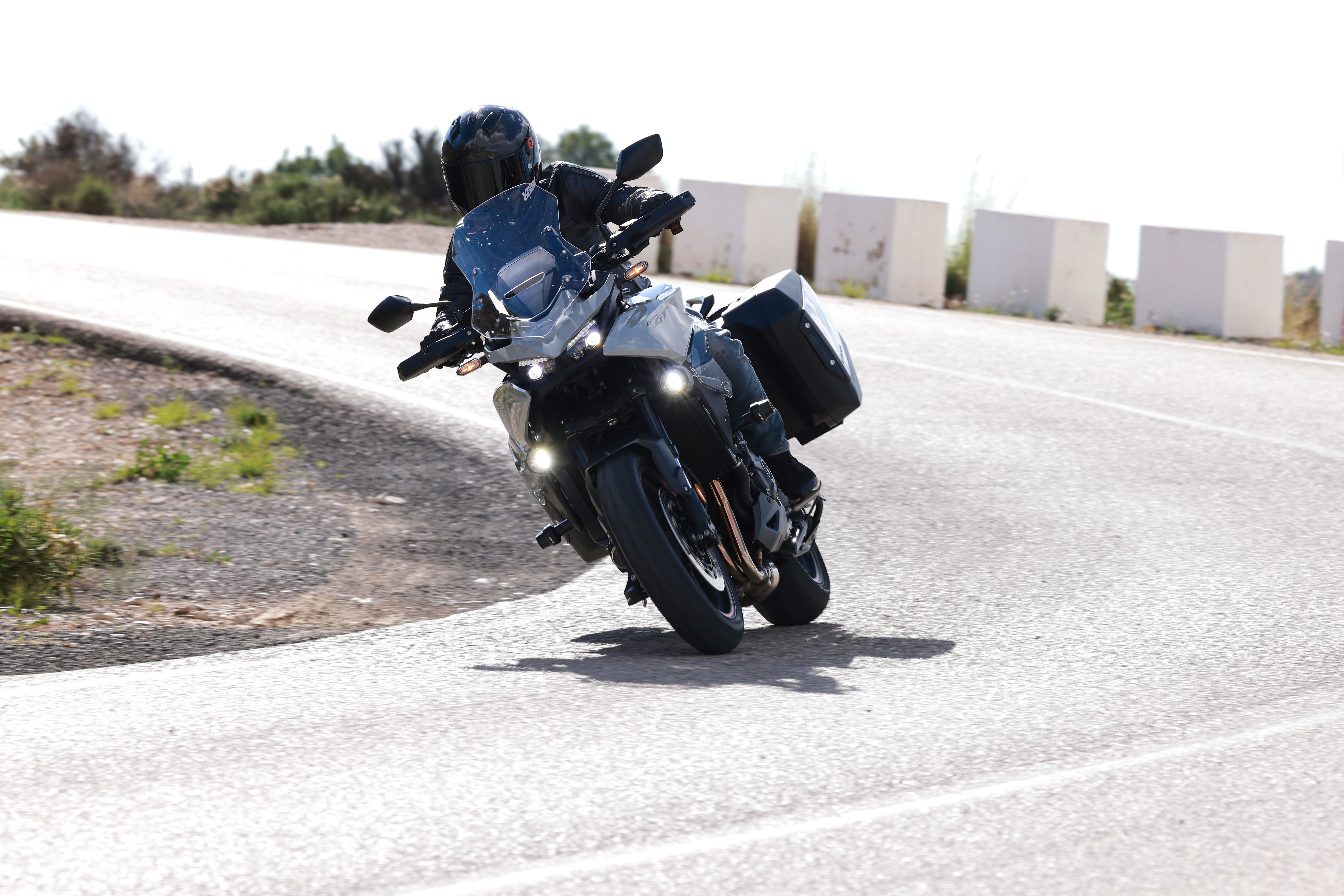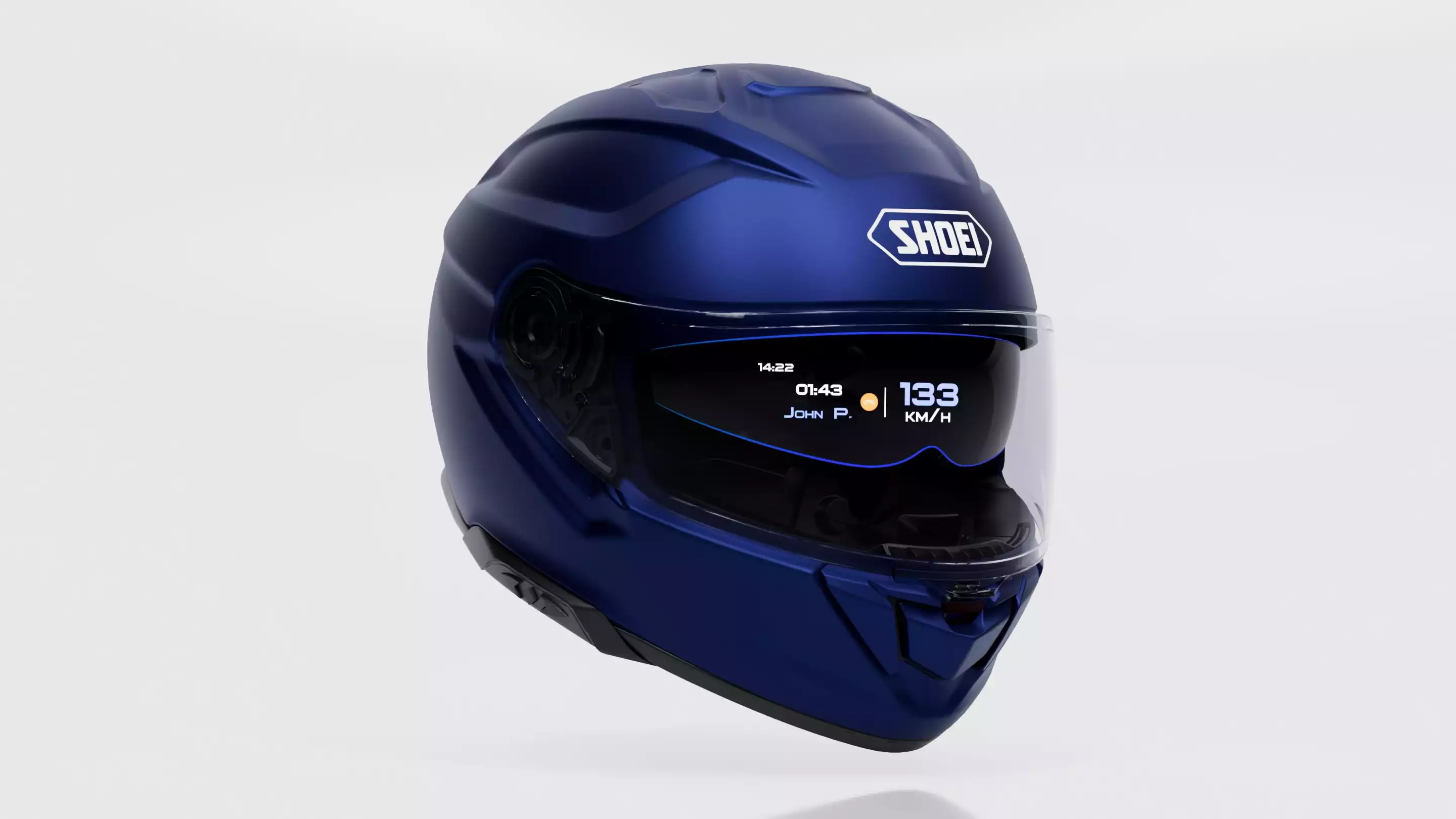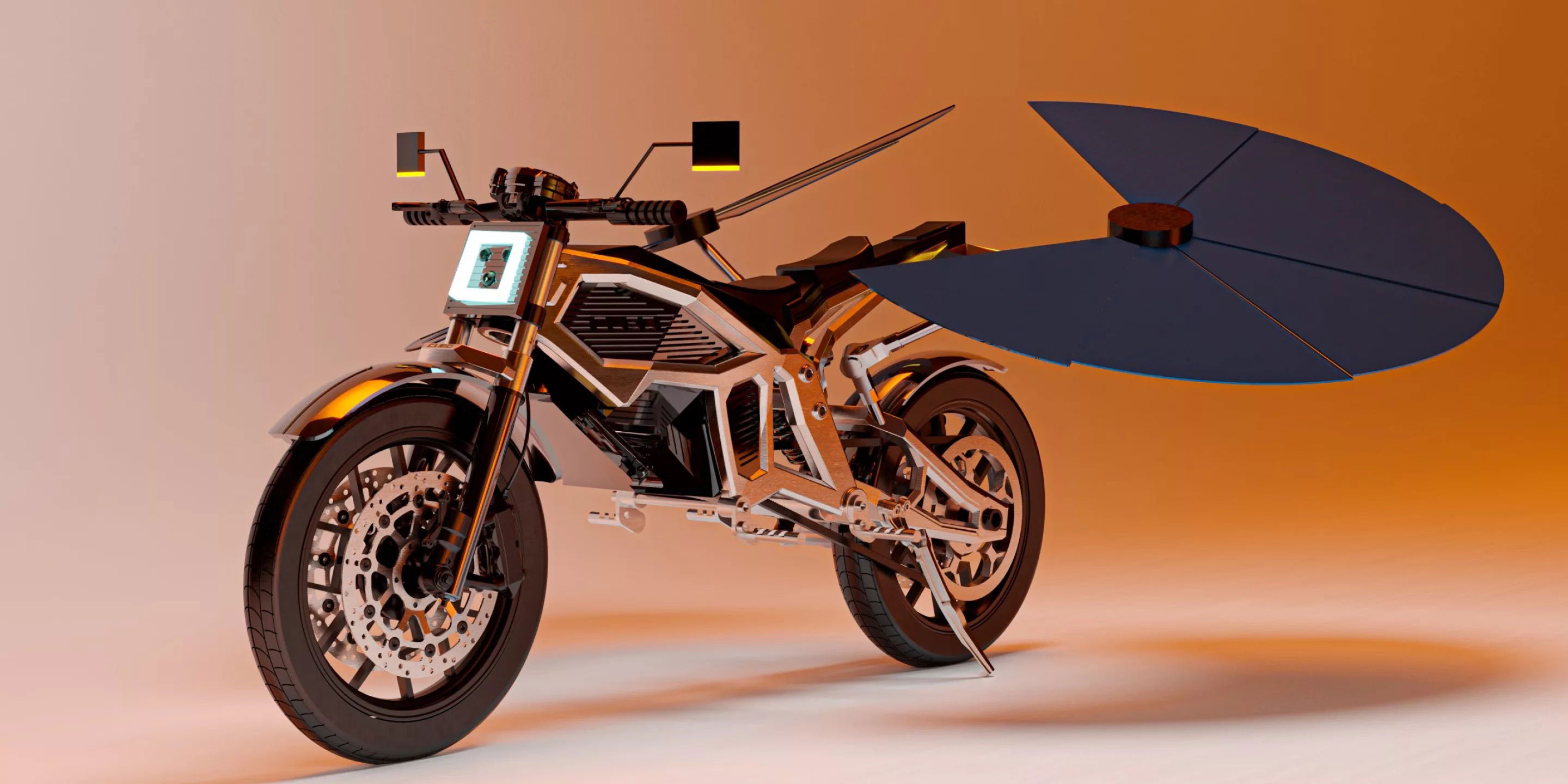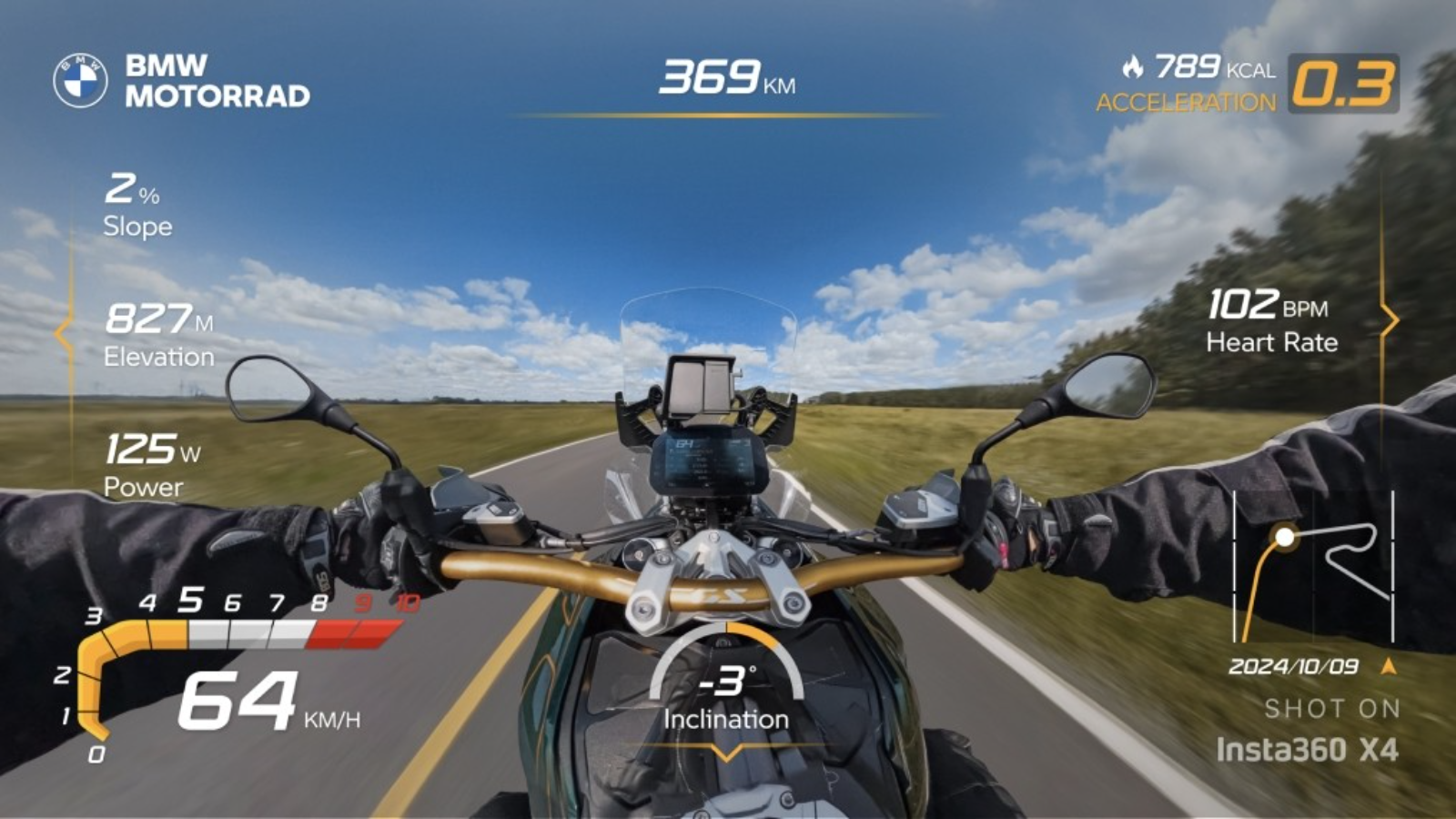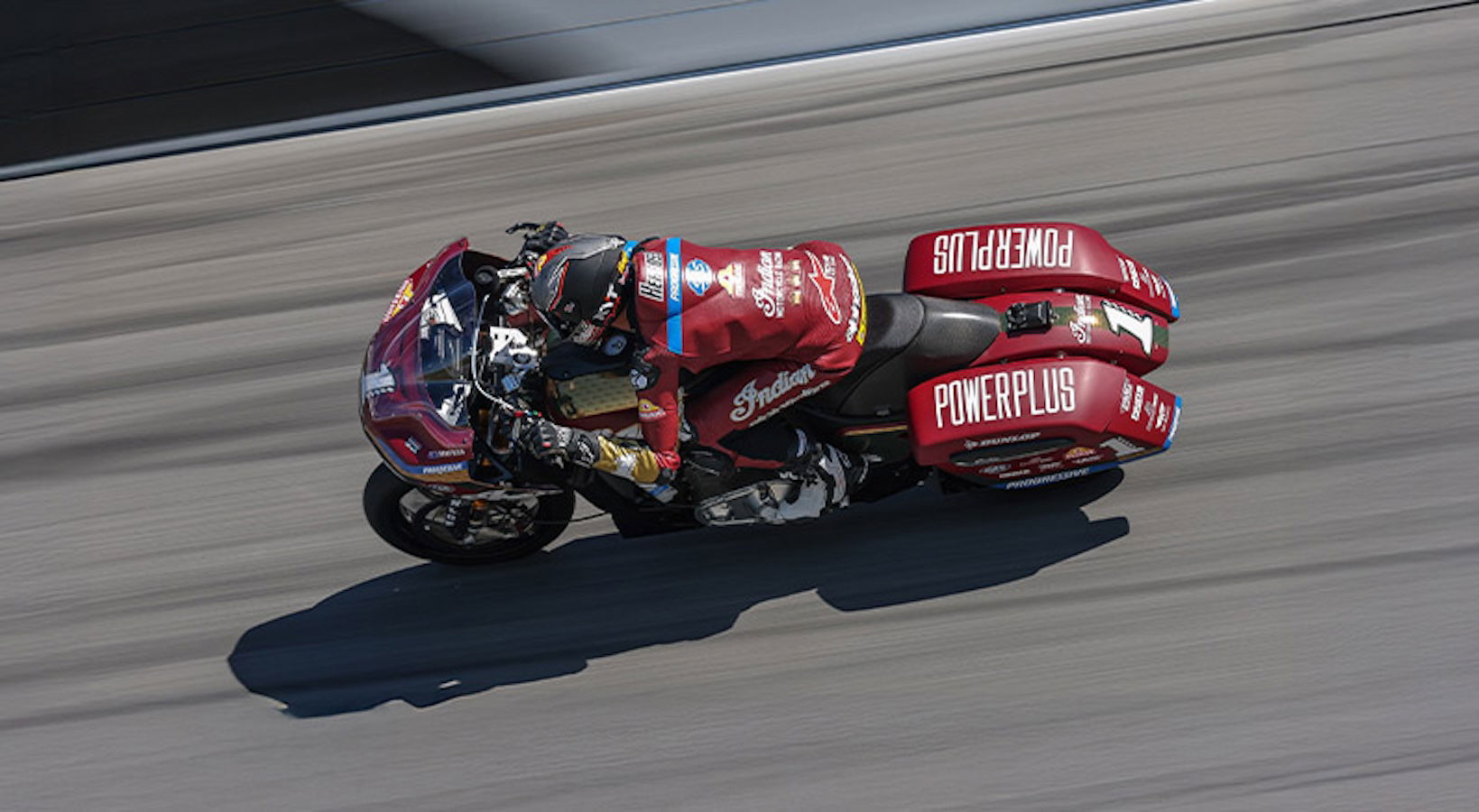IAM Roadsmart | Highway Code changes could increase road rage
The changes to the Highway Code that are scheduled to come into force on January 29th could cause confusion and even road rage

THE Highway Code is undergoing its biggest overhaul to date at the end of this month, with January 29th being the date when the responsibility of all road users looks set to change.
The new Highway Code rules include a 'hierarchy of road users', and means drivers will have more responsibility to watch out for people cycling, walking, riding a horse, motorcycle, while cyclists will have more responsibility to be aware of pedestrians.
Cyclists are also encouraged to take up a position in the centre of the lane they are riding, not more towards the left as is currently the advice. While this sounds fine in the friendly utopia of a government think tank, in the real world on the roads of the UK, the result may be very different.
'A lot of drivers are going to think that somebody cycling in the middle of the lane in front of them is doing it to deliberately slow them down.’ Said Neil Greig, the director of policy and research at IAM RoadSmart, to the Times. ‘That leads to conflict and road rage and inappropriate overtaking. Everybody needs to know all of these changes at the same time for it to work.’

Another change that falls under the 'hierarchy of road users' banner is when pedestrians cross the road. Previously, a motor vehicle turning left into a junction that is in its direction of travel would have been free to turn, even if a pedestrian was waiting to cross. From the end of this month that is set to change, with the car or motorcycle now having to give way to the pedestrian, even if that means them stopping in a live lane of traffic to do so. This is a factor that a spokesman for the Alliance of British Drivers is most critical of.
'The proposed hierarchy of road users is likely to create or exacerbate resentment and ill-feeling between different classes of road user and may lead to irresponsible attitudes by cyclists and pedestrians. All road users have a responsibility towards all other users and should treat one another with respect and tolerance.' They said.
Updated Highway Code rules that could affect you
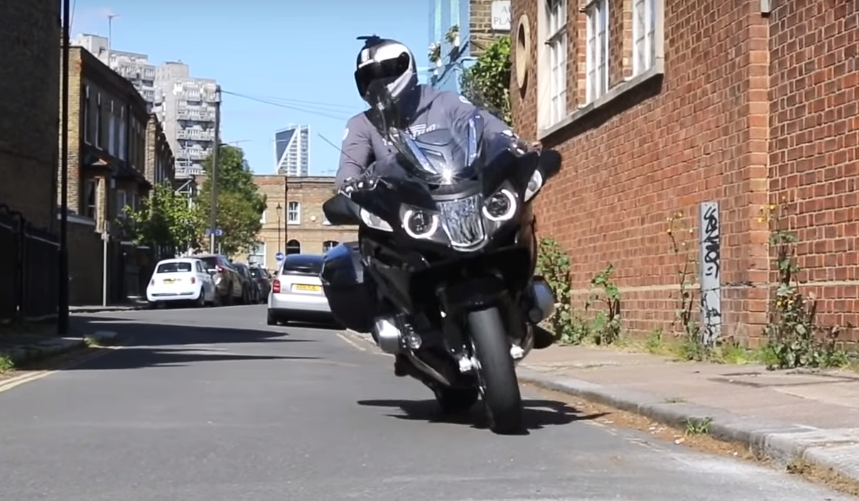
Highway Code Rule H1
How 'hierarchy of road users' will see responsibility on those who could cause most harm | For all road users
It is important that ALL road users are aware of The Highway Code, are considerate to other road users and understand their responsibility for the safety of others. Everyone suffers when road collisions occur, whether they are physically injured or not. But those in charge of vehicles that can cause the greatest harm in the event of a collision bear the greatest responsibility to take care and reduce the danger they pose to others. This principle applies most strongly to drivers of large goods and passenger vehicles, followed by vans/minibuses, cars/taxis and motorcycles. Cyclists, horse riders and horse drawn vehicles likewise have a responsibility to reduce danger to pedestrians. Always remember that the people you encounter may have impaired sight, hearing or mobility, and may not be able to see or hear you. None of this detracts from the responsibility of all road users, including pedestrians, cyclists and horse riders, to have regard for their own and other road users' safety.
Highway Code Rule H2
How drivers will now have to give way to pedestrians waiting to cross a road or zebra crossing
Rule for drivers, motorcyclists, horse riders and cyclists
At a junction you should give way to pedestrians crossing or waiting to cross a road into which or from which you are turning. You MUST give way to pedestrians on a zebra crossing, and pedestrians and cyclists on a parallel crossing. You should give way to pedestrians waiting to cross a zebra crossing, and pedestrians and cyclists waiting to cross a parallel crossing. Horse riders and horse drawn vehicles should also give way to pedestrians on a zebra crossing, and pedestrians and cyclists on a parallel crossing. Pedestrians have priority when on a zebra crossing, on a parallel crossing, or at light-controlled crossings when they have a green signal. Cyclists should give way to pedestrians on shared-use cycle tracks. Only pedestrians may use the pavement. This includes people using wheelchairs and mobility scooters. Pedestrians may use any part of the road and use cycle tracks as well as the pavement unless there are signs prohibiting pedestrians.
Highway Code Rule H3
Rule for drivers and motorcyclists.
You should not cut across cyclists going ahead when turning into or out of a junction or changing direction or lane, just as you would not turn across the path of another motor vehicle. This applies whether cyclists are using a cycle lane, a cycle track, or riding ahead on the road and you should give way to them.
Do not turn at a junction if to do so would cause the cyclist going straight ahead to stop or swerve, just as you would do with a motor vehicle. You should stop and wait for a safe gap in the flow of cyclists if necessary. This includes when cyclists are:
• Approaching, passing, or moving off from a junction
• Moving past or waiting alongside stationary or slow-moving traffic
• Travelling around a roundabout





.jpg)
